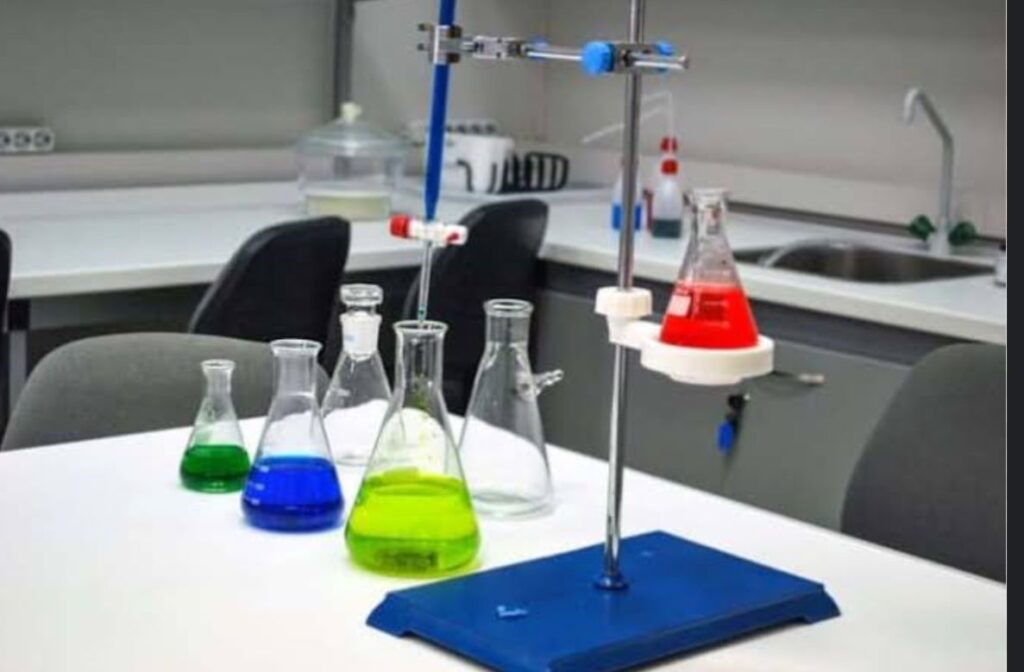Home » Books » 1st Year Books » Semester 1 Books » BP104T. PHARMACEUTICAL INORGANIC CHEMISTRY Books

BP104T. PHARMACEUTICAL INORGANIC CHEMISTRY Books
“Pharmaceutical Inorganic Chemistry is the study of inorganic compounds and their applications in pharmacy and medicine. This course covers the basics of inorganic chemistry, including chemical bonding, acid-base theory, and coordination chemistry, with a focus on their relevance to pharmaceuticals.
Course Content
Unit Title
Content
UNIT-1
- Impurities in pharmaceutical substances– History of Pharmacopoeia, Sources and types of impurities, principle involved in the limit test for Chloride, Sulphate, Iron, Arsenic, Lead and Heavy metals, modified limit test for Chloride and Sulphate
- General methods of preparation, assay for the compounds superscripted with asterisk (*), properties and medicinal uses of inorganic compounds belonging to the following classes
UNIT-2
- Acid, base & buffer- Buffer equations and buffer capacity in general,
buffers in pharmaceutical systems, preparation, stability, buffered isotonic solutions, measurements of tonicity, calculations and methods of adjusting isotonicity. - Major extra and intracellular electrolytes: Functions of major
physiological ions, Electrolytes used in the replacement therapy: Sodiumchloride*, Potassium chloride, Calcium gluconate* and Oral Rehydration Salt(ORS), Physiological acid base balance. - Dental products: Dentifrices, role of fluoride in the treatment of dental caries, Desensitizing agents, Calcium carbonate, Sodium fluoride, and Zinc eugenol cement.
UNIT-3
- Gastrointestinal Agents-
- Acidifiers: Ammonium chloride* and Dil. HCl
- Antacid: Ideal properties of antacids, combinations of antacids, Sodium Bicarbonate*, Aluminum hydroxide gel, Magnesium hydroxide mixture
- Cathartics: Magnesium sulphate, Sodium orthophosphate, Kaolin and Bentonite
- Antimicrobials: Mechanism, classification, Potassium permanganate, Boric acid, Hydrogen peroxide*, Chlorinated lime*, Iodine and its preparations
UNIT-4
- Miscellaneous compounds –
Expectorants: Potassium iodide, Ammonium chloride*.
Emetics: Copper sulphate*, Sodium potassium tartarate
Haematinics: Ferrous sulphate*, Ferrous gluconate
Poison and Antidote: Sodium thiosulphate*, Activated charcoal, Sodium nitrite
Astringents: Zinc Sulphate, Potash Alum
UNIT-5
- Radiopharmaceuticals- Radio activity, Measurement of radioactivity,
Properties of α, β, γ radiations, Half life, radio isotopes and study of radio
isotopes- Sodium iodide I131, Storage conditions, precautions &
pharmaceutical application of radioactive substances.
Learning Objectives
- Describe the structure, properties, and reactions of main group elements and their compounds.
- Explain acid-base theory and pH, and their importance in pharmaceutical systems.
- These learning objectives provide a comprehensive framework for understanding the key concepts and applications of pharmaceutical inorganic chemistry.
Share on WhatsApp
